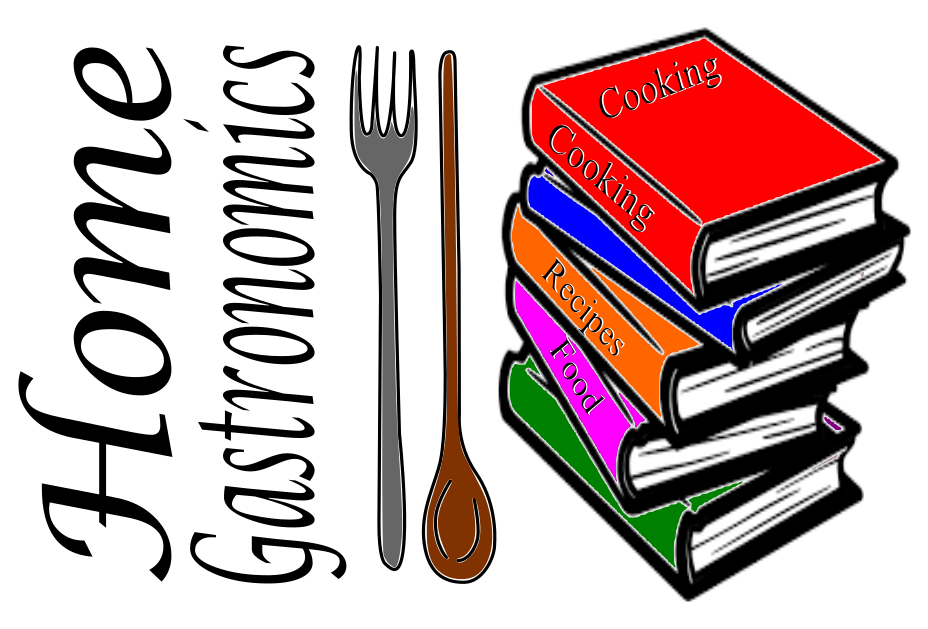
Hey Padawans,
I intended to do this much sooner, but the first week at my location has been kind of crazy and leaving me absolutely wiped at the end of the day. Good news is I AM LOVING IT.
So, following up on something we discussed in a previous post (#5: 10 foods you aren’t storing properly) regarding storing meat, and more generally food.
In professional kitchens, food is stored according to something called a food hierarchy. The food hierarchy is a plan for storage designed to protect foods from cross contamination. It is built around the rules of temperature control and the minimum safe cooking temperature that is required to kill bacteria responsible for causing food-borne illness in a variety of foods.
First, let’s talk about those temperature controlled foods and what temperatures they require. It’s important to remember that the temperature danger zone is 41°-135°. This means that to be safe, foods need to be cooked to a point above 135° (how far above varies with the type of food), and must be kept above 135° throughout the meal to remain safe. This of course is referring to internal temperatures… You do have a probe thermometer right? According to the U.S. Food and Drug Administration:
Fruits and Vegetables may be eaten raw, or considered ready-to-eat foods. However, if they are going to be cooked, they should be cooked to at least 135°.
Seafood (Fish, Shrimp, etc), Whole Meats (Steaks, Roasts, Chops), and Shell Eggs (only if they will be served immediately) should be cooked to at least 145°.
Ground Meat (this would include Sausages, Hot Dogs, Hamburgers, and “flavor injected roasts”) should be cooked to at least 155°.
Poultry, Stuffing (including any stuffed meat or pasta), “Re-heated” foods, and ANYTHING cooked wholly in the microwave should be cooked to at least 165°.
This bit of information is important to the food hierarchy when you consider the possibility of something requiring a higher cooking temperature falling into something that requires a lower cooking temperature. You then wouldn’t be able to cook the food enough to kill Mr. Bacteria.
So using the information above, the food hierarchy might become obvious. it is as follows:
Ready-to-Eat foods (which would include items like Milk, Butter, and Cheeses) and raw Fruits & Vegetables should be stored on the top shelf.
Whole Fish should be stored on the second shelf.
Whole Meats should be stored on the third shelf.
Ground Meats (excluding Ground Poultry) should be stored on the fourth shelf.
Poultry should be stored on the bottom shelf.
Shell Eggs that have not been pasteurized fall into a slightly weird position. Where to store them in a commercial kitchen depends on who you ask. Temperature wise, they would logically be stored below the Ready-to-Eat foods, but perhaps above or on the level with the Whole Fish and Meats. However, raw shell eggs are considered raw poultry and could potentially carry the bacteria responsible for Salmonella, which would require a higher cooking temperature of 165°. Cooking a sunny side up egg to 165° though would result in a completely cooked through yolk. I really wish I had the end all, be all answer for this one… unfortunately I don’t.
I feel that it’s very important right now to say that for the home kitchen, and home chef, these are guidelines. I don’t want to see any of my friends or family get sick from food or get their friends and family sick. The whole reason I started writing here was to share my passion of great food and excellent food service. I also don’t think it is realistic to tell all of you that you need to empty your entire fridge and redesign it. We don’t all have the luxury of a big walk-in cooler or a commercial reach-in cooler. Facing facts, refrigerators that are marketed to consumers for use in a home are not designed with food safety in mind. Heck, the only place that I can put a gallon of milk or orange juice in the refrigerator in my own home is on the bottom shelf and the produce drawers are even below that… I guess I just put the meat on the floor.
Hopefully all of the information I share will help you all to make more educated decisions and be safe in your food endeavors.
As always, I welcome everyone to reach out with comments, questions, emails, suggestions, or even just to say hi. Until next time, May the Food Be With You.

